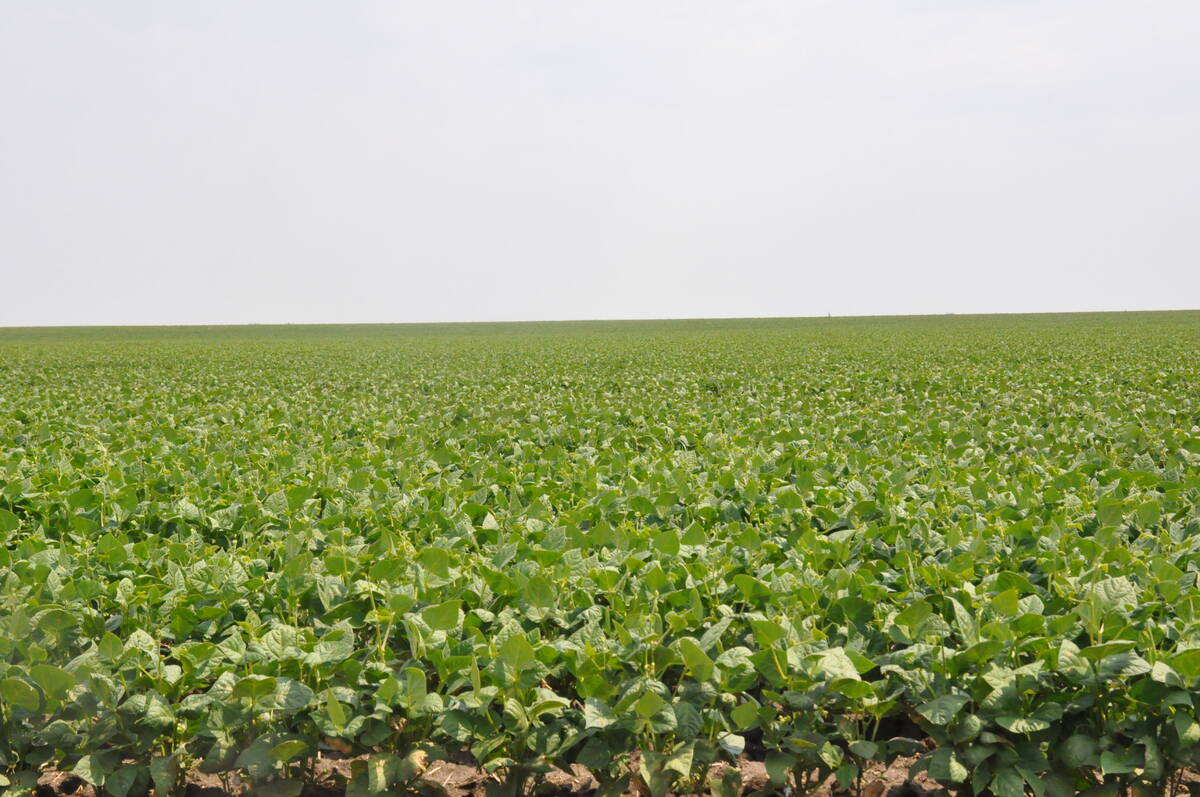Adding fababeans to feed peas could greatly increase the protein content of livestock feed, says plant breeder Bert Vandenberg.
Vandenberg, with the Crop Development Centre at the University of Saskatchewan, is exploring varieties more suited to eastern Saskatchewan’s wet conditions than other pulse crops.
Fababeans have an excellent nitrogen fixing ability and seed protein concentration of up to 30 percent, compared to 23 percent for peas.
It can leave up to 25 centimetres of stubble in the field at harvest, he noted.
“They like cool, wet summers,” he told a group assembled for the annual Saskatchewan Pulse Growers crop and research tour in Saskatoon.
Read Also

Coloured bean production down, whites are up
Bean prices have been slumping and the outlook is for more of the same.
There is potential to grow them for a feed pulse mixture with protein levels for domestic or international feed markets, or to develop food markets if small seeded split fababeans could be sold to consumers on the basis of their protein content.
They could also be used as a high protein extract for fish farm diets. The immediate goal is to produce small seeded, early maturing, high yielding, low tannin fababeans. Tannins interfere with protein digestibility.
He said this will help to bring seeding costs down and provide a higher protein animal feed source for use in animal diets.
This style of fababean could also be used for silage forage production, perhaps on land that is too stony, hilly or poorly drained to grow peas.
He said the research, like the industry in Saskatchewan, is in its infancy and much work remains to be done in the field.
“If there’s big mistakes to be made, we’ll make them first,” he said.
Future research will likely explore disease resistance, said Vandenberg.
In 2004, the fababean was the highest yielding pulse crop in the university’s breeding program, producing large quantities of excellent quality seed.
The university is now evaluating 1,500 breeding lines and hopes to increase promising lines in the nursery next year, with the ultimate goal of increasing pulse crops to 20-25 percent of the annual crop base in Saskatchewan in future years.
In addition to feed markets, there are also opportunities for fababeans in the Middle East where it is a daily staple. Markets are growing as production problems and economic changes to farming occur in the Nile Valley.
Vandenberg noted those consumers demand a specific size, colour and quality of fababean, so breeding efforts will have to focus on that in addition to good yields and early maturity.














